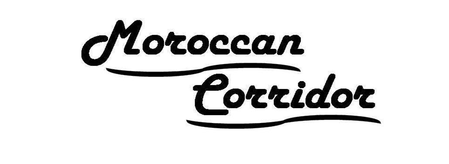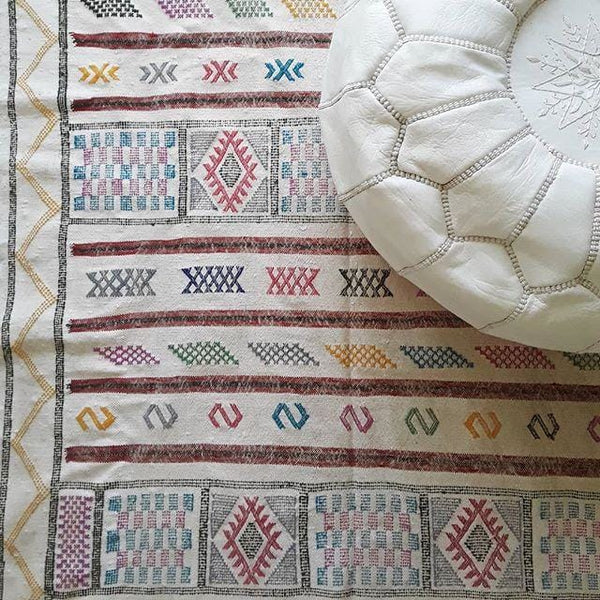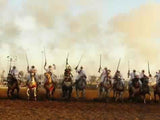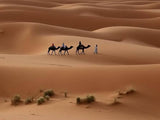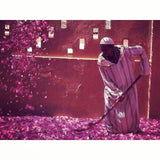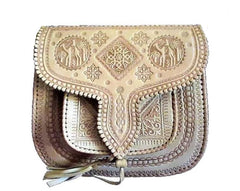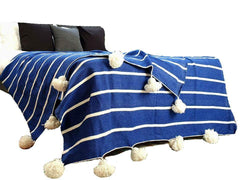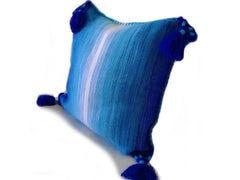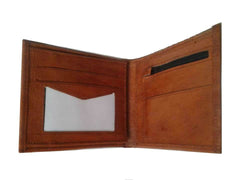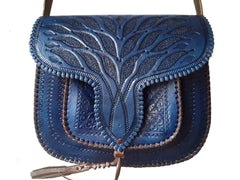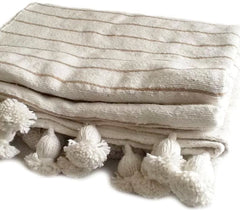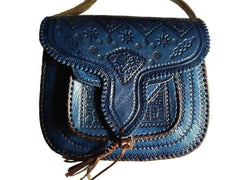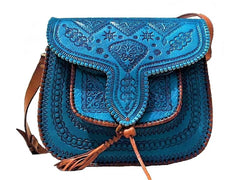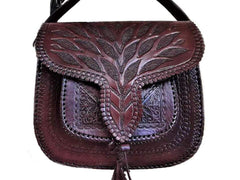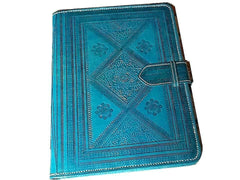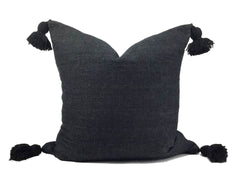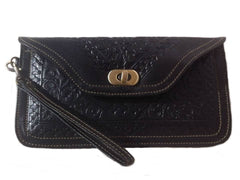Sabra is a fabric made of vegetable fibers, it is the reason why it is also called vegetable silk or cactus silk, when the fibers comes from Agave or Aloe vera.
Leaves of the sabra cactus plant (agave) are harvested for the filaments within, then organic botanical pigments (usually from flowers & spices) are used to dye the fabric. Once the threads have been created they are hand loomed into the silk & adorned with free-hand embroidered patterns.
Agave silk, a natural textile made from cactus
When we talk about natural fibers, we often think of cotton or linen, but there are others, such as agave. Its fibers are used to produce agave silk, an alternative to traditional silk whose weaving of half a kilo raw requires the use of 3,000 insects.
The fibers extracted from the agave, a type of cactus native to Mexico and widely cultivated in Morocco, have an aesthetic very similar to silk produced using traditional sericulture techniques. But the advantage of this alternative is that it avoids the breeding of silkworms.
Why is it eco friendly?
Agave silk represents an ethical and vegan option. Agave can be grown organically, without harming the environment, on very arid lands, making it profitable to harvest.
The process of producing textile fibers from agaves has remained unchanged for centuries: the agave leaves are crushed and then stripped of any green residue. The fibers are then separated, washed and combed to separate the white filaments, which can then be dyed with vegetable dyes. Agave silk corresponds to the philosophy of zero waste, since it can be used as an ecological fertilizer after its use as a garment.
What are its common uses?
The finished product is a surprisingly soft, durable material (almost like a denim) with a silk feel. It usually has several colors throughout & if turned & caught by the light, you will see even more colors underneath. The underside of cactus silk is even more beautiful & vibrant because it hasn't been dried in the sun & the colors are magnified. The threads are usually not snipped, so turn your pillow inside out for a sneak inside!
For Moroccan handicraft, Sabra, vegetable silk is used for many products: for weaving, textiles, floor mats, cushions, bolsters, bedspreads, canapés throws and also fancy jewelery. Hereafter some Sabra / Cactus silk fabric available at our shop.
Sometimes Sabra is mixed to other materials: Sabra with cotton, Sabra with wool, the sabra really became popular in the Kingdom.
This fabric offers warm, shimmering colors, fibers can also be braided, twisted, and wonderfully adorned.
This very luminous fabric knows how to send back the light, because of this, it always knows to be noticed and thus does not go unnoticed. It shines on all sides and offers beautiful colors.
Sabra Cactus Silk Rugs, Carpets
Woven by hand, each textile can be interpreted based on choice of symbols and composition. These may reflect a specific tribe of the Imazighen people, or draw upon the meanings that the symbols themselves connote. Often, they depict scenes familiar to the Moroccan way of life. Examples include living within a semi-rural community centered around the Kasbah, or a home scene with family members gathered around a table.
In the choice of weaving material, a natural cactus silk fiber, we gain a further understanding of Morocco’s heritage of utilizing the natural environment for every day purpose. The silken texture and flat weave construction makes them ideal for warm climates, when used as a floor covering. However, both the vibrancy of color and minimalism of design give them wider appeal, presenting numerous options in our use of them, from wall tapestries, to bedding and blankets, as well as floor rugs.
Their brightening effect will certainly bring the exotic charm of Morocco into any home or office space.
